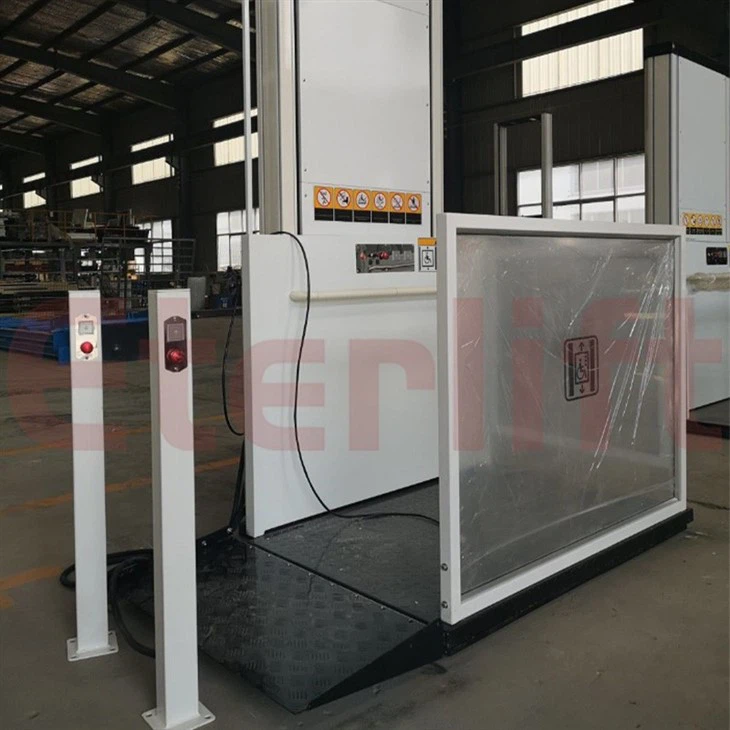






Disabled access lifts are essential for providing accessibility to people with mobility challenges. This guide will walk you through the installation process of a disabled access lift, ensuring it is safe, compliant with regulations, and functional.
Safety Precautions
Before beginning the installation, please read the following safety precautions:
- Always wear appropriate safety gear, including gloves, safety glasses, and sturdy footwear.
- Ensure the installation area is clear of obstructions and well-lit.
- Follow all local building codes and regulations.
- Never attempt to install the lift alone; always have at least one other person to assist.
- Disconnect power before working on electrical components.
- Use tools and equipment correctly to avoid accidents.
Tools and Materials Required
Tools
- Wrench set
- Screwdrivers (Phillips and flathead)
- Drill and drill bits
- Measuring tape
- Level
- Socket set
- Hammer
- Wire strippers
- Electrical tape
- Safety gear (gloves, glasses, etc.)
Materials
- Disabled access lift kit
- Fasteners (bolts, nuts, screws)
- Electrical wiring and connectors
- Anchoring materials (concrete anchors, etc.)
- Lubricant (for moving parts)
- User manual
Pre-Installation Checklist
Before starting the installation, ensure the following:
- Verify that the site is appropriate for the lift (space, load capacity, etc.).
- Ensure there is a proper electrical supply nearby.
- Check that the lift components are complete and undamaged.
- Obtain any necessary permits or approvals from local authorities.
- Inform building occupants of the installation schedule.
Step-by-Step Installation
Step 1: Site Preparation
1.Measure and Mark: Measure the area where the lift will be installed. Mark the positions for mounting brackets and other components.
2.Clear the Area: Ensure the installation area is free of debris and obstacles.
3.Foundation: If required, prepare a concrete foundation to anchor the lift securely.
Step 2: Assembling the Lift
1.Unpack Components: Carefully unpack the lift components and lay them out.
2.Assemble Base Frame: Follow the manufacturer's instructions to assemble the base frame of the lift.
3.Install Guide Rails: Secure the guide rails to the base frame and wall, ensuring they are perfectly vertical using a level.
4.Attach Platform: Mount the lift platform to the guide rails, making sure it moves smoothly.
Step 3: Electrical Wiring
1.Connect Power Supply: Run the electrical wiring from the power supply to the lift control box. Ensure the power is off during this process.
2.Wiring the Controls: Connect the control panel and call buttons according to the wiring diagram provided.
3.Safety Features: Install safety sensors and emergency stop buttons.
Step 4: Testing and Adjustments
1. Initial Test Run: Turn on the power and perform an initial test run without any load. Observe the lift's operation and listen for unusual noises.
2.Load Testing: Gradually add weight to the lift to simulate usage. Check for smooth operation under load.
3.Adjustments: Make any necessary adjustments to the guide rails, platform alignment, and control settings.
Step 5: Final Inspection
1. Safety Checks: Ensure all safety features are functioning correctly, including emergency stops and sensors.
2. Regulatory Compliance: Verify that the installation meets all local codes and regulations.
3.User Training: Provide basic training to users on how to operate the lift safely.
6. Maintenance and Troubleshooting
Regular Maintenance
Monthly: Check for loose bolts, lubricate moving parts, and inspect electrical connections.
Quarterly: Test all safety features, perform a load test, and check for wear and tear on components.
Annually: Conduct a comprehensive inspection and servicing by a certified technician.
Troubleshooting
Lift Not Moving: Check the power supply, control panel, and safety sensors.
Unusual Noises: Inspect for obstructions in the guide rails and ensure proper lubrication.
Platform Misalignment: Adjust the guide rails and check for any obstructions.





Hot Tags: wheelchair lifts and disabled access lifts, China, manufacturers, suppliers, factory, customized, buy, cheap, for sale, made in China

















